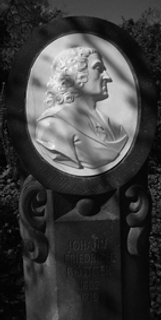MYSTERIOUS ARCANUM - PART II
This is done by creating a plaster mold from a model into which the mass is poured.
The plaster absorbs some of the water, the dissolved mass condenses at the shape forming the subject. After a definite period (the duration results into a certain thickness) the remaining mass is poured from the mold.
After drying, the objects are glowed at a temperature of 1000°C, (incandescent or bisque firing) to strengthen their structure. Possibly under glaze painting is applied directly on the burnt product.
In this case, only certain colours can be used that withstand the subsequent high fire, such as cobalt blue, chrome yellow, uranium black or copper red.
The finished article is dipped in a semi-liquid glaze mass and fired near the maximum temperature of 1370°-1460°C (cooking, smooth or glaze firing).
The high firing temperature is to sinter the ceramic body and to connect it intimately with the glaze, which forms a transparent, glossy coating on the pieces.
Thereafter, the glaze painting can be applied. The so-called muffle colours are available in a wide variety and are applied with a brush or pen on the glaze.
Then the colours are melted into the glaze at a temperature of 800°-900°C (decor firing).
With elaborate paintings, several fires may be necessary. In the case of objects with gold decor they yet have to be burned a fourth time at a temperature of 560°-740°C (low firing).
Sources:
Walcha, Otto: "Meissen Porcelain", VEB Verlag der Kunst Dresden, 1975, p.27
Divis, Jan: "European Porcelain", Artia, Prague 1985, p.123 et seq.

